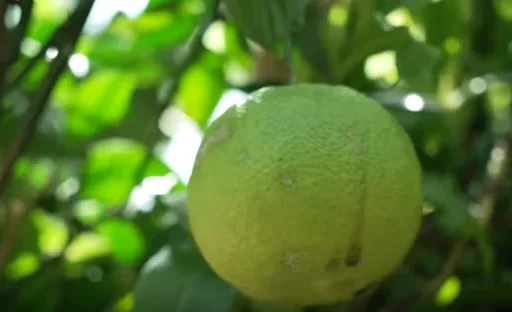Planting trees and seedlings in your garden can be a rewarding experience, but it’s essential to follow the right methods to ensure successful growth. This article will explore two popular approaches to planting trees, discussing the pros and cons of each method, and providing practical tips to help you choose the best option for your garden.
Preparing the Hole for Planting
Before planting a tree or seedling, the first step is to prepare the planting hole. The depth and width of the hole are crucial for the tree’s growth. Typically, the size of the hole should match the dimensions of the seedling’s bag or root system. For example, if the seedling’s bag is 30 cm wide and deep, dig the hole to be at least 40 cm wide and 30 cm deep. This allows extra space around the roots to fill in with new soil, which promotes root growth.
First Method: Traditional Planting Approach
The traditional method is widely used by farmers and gardeners. Here’s how it works:
- Digging the Hole: Dig a hole slightly wider than the seedling’s bag. This gives the roots enough space to expand.
- Removing the Bag: Cut the bottom of the seedling’s bag and then carefully remove the sides, placing the seedling into the hole.
- Filling the Hole: After placing the seedling in the hole, fill it with soil, making sure to pack the soil tightly around the roots.
- Compacting the Soil: Gently press down on the soil to remove any air pockets, which helps stabilize the tree.
One downside of this method is that if you press too hard on the original soil around the roots, you might damage the tree’s root system, leading to slow growth or even root breakage. Over time, this could negatively affect the tree’s health.
Second Method: The Enhanced Planting Technique
The second method involves digging a much deeper and wider hole compared to the first approach. For instance, if the seedling’s bag is 30 cm deep, you would dig a hole that is 60-70 cm deep. This technique provides more room for the tree’s roots to grow.

Steps for the Enhanced Method:
- Digging the Hole: Create a hole that is twice the size of the seedling’s bag, both in depth and width.
- Soil Preparation: Mix 50% of the soil removed from the hole with compost and place this mixture at the bottom of the hole. This enriched soil promotes better root development.
- Positioning the Seedling: Carefully place the seedling into the hole, ensuring that the grafting point of the tree is above ground by at least 40 cm. This helps prevent future root diseases.
- Filling and Compacting: Fill the hole with the remaining soil mixed with 25% compost. When compacting, stand on the new soil, not directly on the roots, to avoid causing damage.
Fertilization and Maintenance
The first method often relies on surface fertilization or adding nutrients through irrigation. You may need to wait at least three months after planting before applying fertilizers, especially during warmer seasons like spring and early summer.
However, with the second method, compost is already mixed into the soil at the time of planting. This provides the tree with essential nutrients for up to a year, eliminating the need for additional fertilization until the winter maintenance period.
Which Method Should You Use?
Both methods have their merits. The first method is suitable for ornamental trees that don’t require extensive root development. The second method is more appropriate for fruit-bearing trees, as it encourages faster and healthier root growth, leading to stronger trees and better fruit production.
Final Tips for Successful Tree Planting
- Watering: After planting, it’s essential to water the tree thoroughly. For the first watering, ensure that the water reaches the base of the tree. In subsequent waterings, focus on the outer ring of the hole to prevent excessive moisture around the trunk, which can lead to fungal diseases.
- Grafting Height: Always make sure the grafting point remains above the soil to prevent diseases and infections.
- Fungal and Pest Control: Avoid overwatering the trunk area to reduce the risk of fungal infections like mildew and pest infestations.
By following these guidelines and choosing the best planting method for your tree, you can enjoy a lush, thriving garden for years to come.




